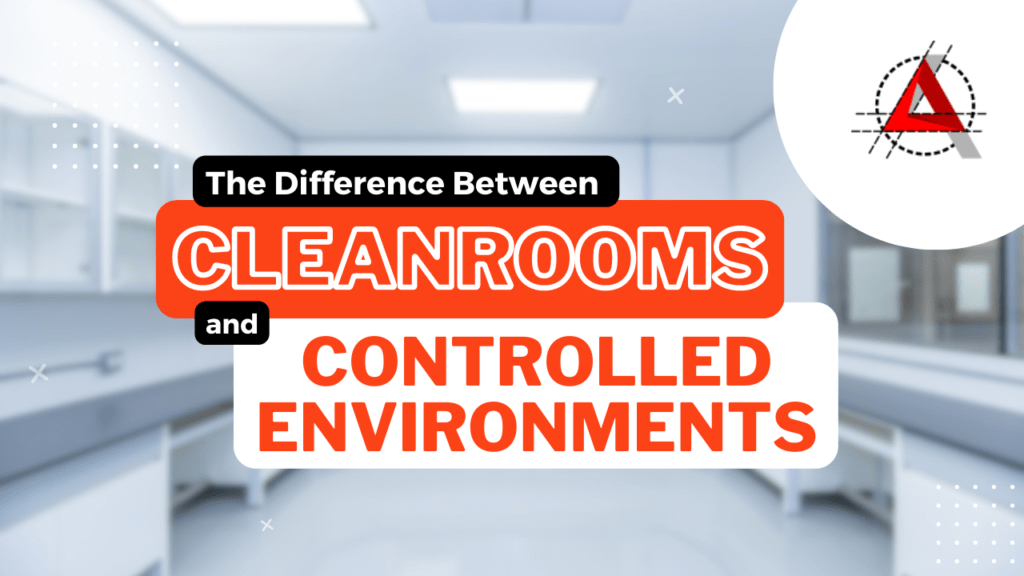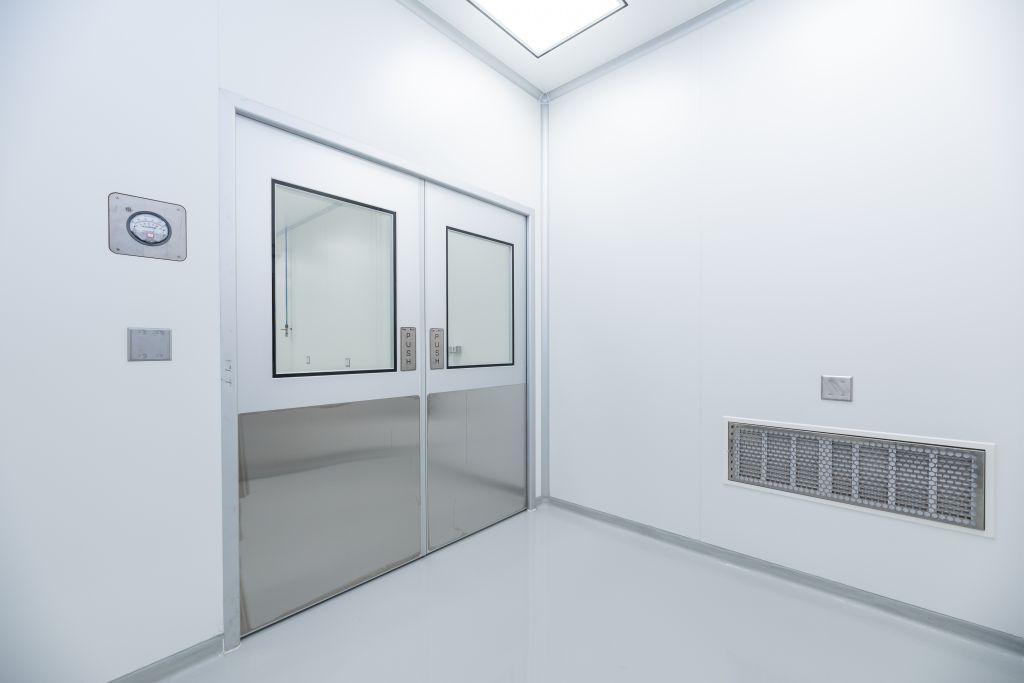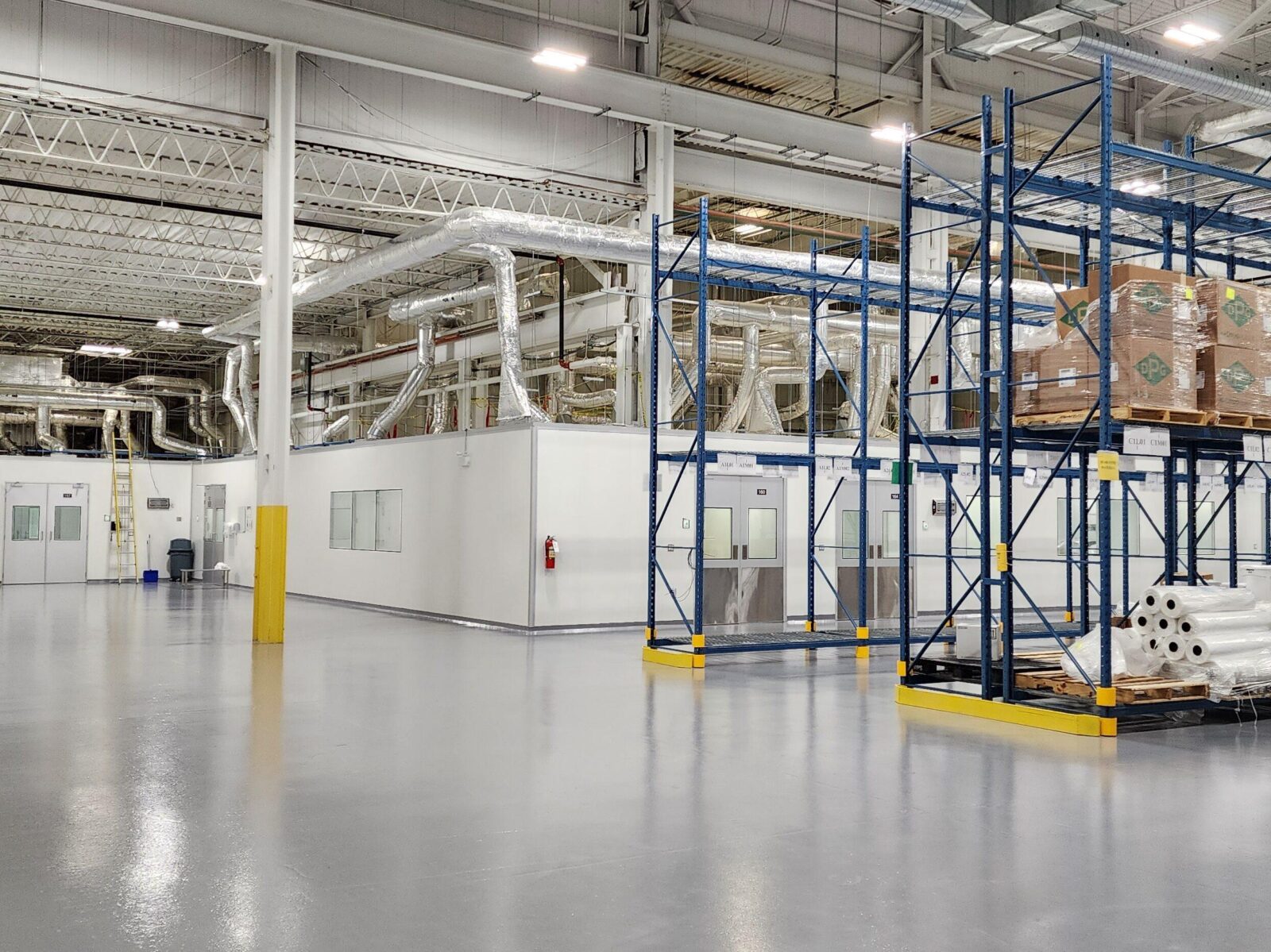The Difference Between Cleanrooms and Controlled Environments

In today’s fast-paced world, industries like pharmaceuticals, electronics, biotechnology, and aerospace require controlled environments to ensure product quality, safety, and precision. Two terms that are often used interchangeably but have distinct characteristics are “cleanroom” and “controlled environment.” In this blog, we will explore the fundamental differences between these two specialized spaces and their significance in various industries.
Cleanrooms: A Focus on Contamination Control
A cleanroom is a controlled environment designed to minimize the presence of particulate and microbial contamination. The primary objective of a cleanroom is to provide a sterile or nearly sterile environment for manufacturing or research processes that demand the utmost cleanliness and precision.

Key Features of Cleanrooms:
- Air Filtration: Cleanrooms are equipped with high-efficiency particulate air (HEPA) or ultra-low
penetration air (ULPA) filters that remove particles as small as 0.3 microns with exceptional efficiency. These filters ensure that the air inside the cleanroom remains free of contaminants. - Particle Count: Cleanrooms are classified based on the maximum allowable number of particles per cubic meter of air, according to specific size ranges. The classification system, often following ISO standards, establishes cleanliness levels such as Class 100, Class 1000, or Class 10000.
- Personnel Attire: Anyone entering a cleanroom must wear specialized cleanroom garments, including coveralls, hoods, gloves, and shoe covers, to minimize human contamination and particle shedding.
- Stringent Maintenance: Cleanrooms require regular monitoring and maintenance to ensure they
adhere to their designated cleanliness levels. Air quality, particle count, and microbial contamination are continually measured and controlled.
Controlled Environments: A Broader Scope of Parameters
On the other hand, a controlled environment encompasses various parameters beyond just contamination control. It refers to any environment where specific factors, such as temperature, humidity, pressure, and lighting, are regulated to maintain precise conditions suitable for specific processes.

Key Features of Controlled Environments:
- Parameter Regulation: In a controlled environment, multiple variables are monitored and controlled. These can include temperature, humidity, air pressure, airflow direction, lighting, and even gas concentrations.
- Application Flexibility: Controlled environments can serve diverse purposes, such as calibration
laboratories, research and development labs, and storage facilities for sensitive materials. Their
configurations can be adapted to meet the specific needs of different processes. - Focus on Stability: While cleanliness remains important in controlled environments, the primary focus is to maintain a stable and consistent set of parameters to ensure reliable and repeatable results in experiments and production processes.
Conclusion
In summary, the difference between cleanrooms and controlled environments lies in their primary objectives and scope. Cleanrooms are specialized spaces primarily focused on contamination control, using air filtration and strict particle count guidelines to maintain exceptionally clean conditions. On the other hand, controlled environments encompass a broader range of parameters, aiming to create stable and precise conditions suitable for various applications beyond just contamination control.
Both cleanrooms and controlled environments play indispensable roles in industries where precision, quality, and safety are paramount. From pharmaceutical research and semiconductor manufacturing to aerospace development and beyond, these controlled spaces contribute significantly to technological advancements and scientific breakthroughs. Understanding the distinctions between these environments helps ensure their proper application and maximizes their benefits across various sectors.
Have questions or want to learn more about cleanrooms and controlled environments? Get in touch with us on info@achengineering.com. We’re here to provide insights and answers, guiding you through the distinctions that impact various industries. Contact us now for a deeper understanding of these critical spaces and their significance in driving innovation and product excellence. Let’s explore together!
GET IN TOUCH
Complete the form below to get in touch with our team.
